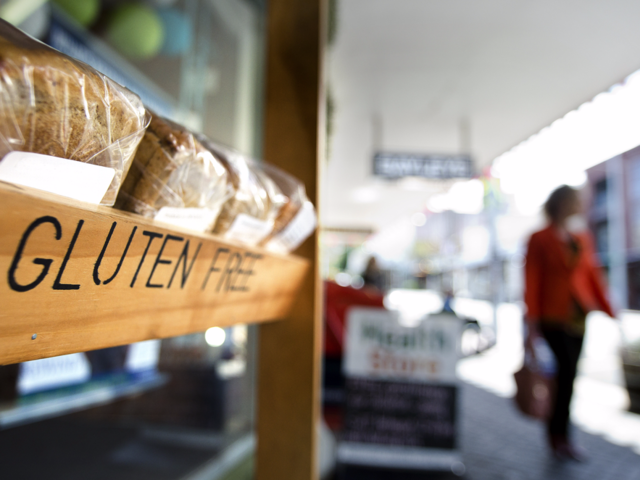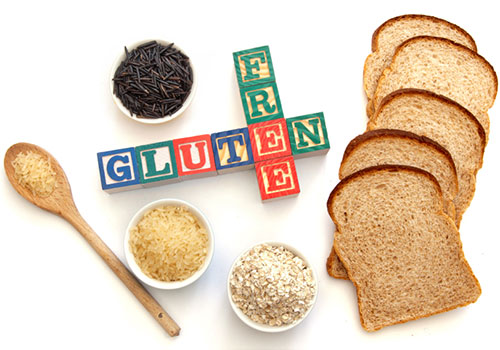
Gluten free foods are usually found in grains such as barley, wheat, rye as well as a cross between rye and wheat known as triticale. This type of diet is majorly used in the treatment of celiac disease. Typically, gluten results in inflammation in the small intestine of people suffering from celiac disease. In that regard, individuals are advised to consume foods that do not have this harmful substance. They significantly help in the control of signs and symptoms of celiac disease besides preventing complications. In the beginning, following such a diet might prove frustrating. However, with time, creativity and patience, you will realize that there are numerous foods that you already consumed that don’t contain gluten. Further, it is also easy to find substitutes for foods that contain it.
Who needs this diet?
It is also appropriate for people who don’t have celiac disease yet show symptoms of the disease each time they eat gluten-containing foods. This condition is referred to as non-celiac sensitivity. Individuals suffering from non-celiac sensitivity can also benefit from such a diet. However, people suffering from celiac must consume foods that do not have it in order to prevent symptoms, as well as disease-related complications.
What does it take to start?
Just like other diets, beginning such a diet usually requires a tremendous change. In that regard, it takes time before someone gets used to it. In the beginning, you might feel deprived by the diet restrictions. This is particularly true for people who aren’t having disturbing symptoms prior to the diagnosis.
However, focusing on all the foods you eat may help. You might be pleasantly surprised to discover the number of gluten-free products like pasta and bread is available to you. Additionally, majority of specialty grocery stores offer such foods. Ensure to check with a celiac support group or even online for these foods if you cannot find them in your locality. A good number of specialty grocery stores usually sell foods that don’t contain the substance. Further, the importance of consulting a dietician cannot be overemphasized. This is imperative for individuals who are just beginning a new diet. He or she will be in a better position to answer all your questions besides offering advice on how to avoid gluten and still eat a healthy and well-balanced diet.

Foods that are allowed
Some of these foods include:
– Most of the dairy products
– Beans, nuts and seeds while in their unprocessed form
– Fruits and vegetables
– Fresh eggs
– Fresh fish, meats and poultry (avoid batter coated and marinated ones)
By all means, ensure to avoid the following types of foods:
– Wheat
– Rye
– Barley and
– Triticale
As you might have realized, it can be quite challenging to avoid wheat since wheat products go by various names. You may want to consider different types of wheat flour available on the supermarket shelves such as enriched, bromated, phosphated, self-rising and plain.
